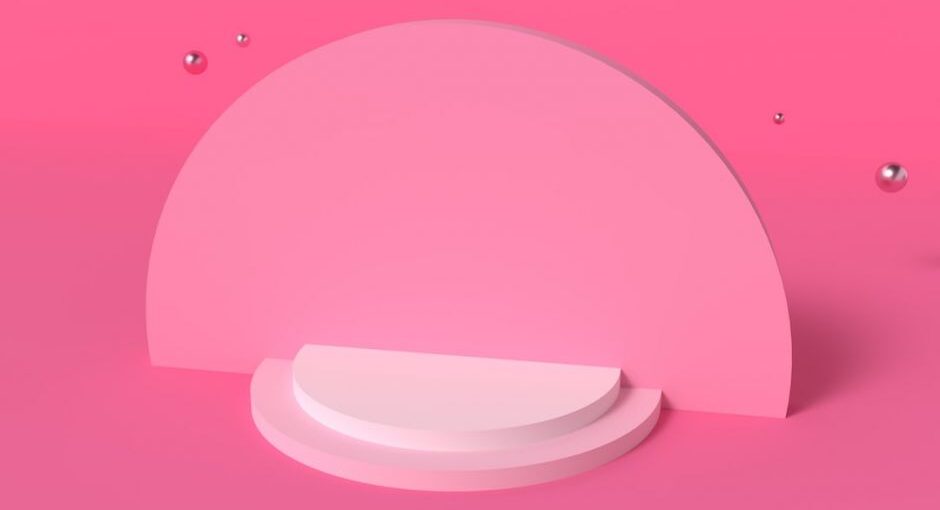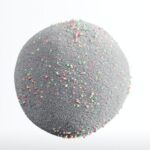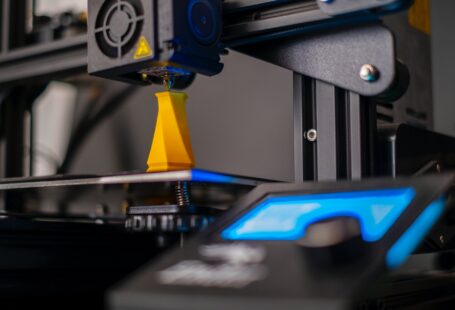3D printing with polyetherimide can be a great way to make custom parts, prototypes, and models. This powerful material offers excellent thermal stability, high strength, and superior dimensional stability, making it an ideal choice for a variety of applications. In this article, we’ll take a look at the best way to print with polyetherimide in 3D printing.
What is Polyetherimide?
Polyetherimide (PEI) is a thermoplastic polymer that is known for its excellent thermal stability, high strength, and superior dimensional stability. It is a semi-crystalline, rigid material that is often used in medical, automotive, electrical, and other industrial applications. It is also widely used in 3D printing for its superior mechanical properties and excellent temperature and chemical resistance.
Types of Polyetherimide
There are two main types of polyetherimide that are used in 3D printing: Ultem and PEEK. Ultem is an amorphous thermoplastic polymer that is known for its high strength and temperature resistance. PEEK is a semi-crystalline thermoplastic polymer with superior dimensional stability and excellent chemical resistance.
Printing with Polyetherimide
Printing with polyetherimide is a bit more challenging than printing with other materials because of its high melting point and low thermal conductivity. This means that you will need to use higher temperatures and speeds to get the best results. It is also important to use the right type of 3D printer and the right type of filament for your application.
Printer Settings
When printing with polyetherimide, it is important to use the right printer settings. You will need to set the nozzle temperature to between 250°C and 280°C, depending on the type of polyetherimide you are using. You will also need to adjust your print speed to between 20 and 40 mm/s. Additionally, it is important to adjust the retraction settings to between 1.5 and 2.5 mm.
Filament Types
The type of filament you use will have a big impact on the quality of your 3D prints. There are a variety of polyetherimide filaments available, including Ultem, PEEK, and PET-G. Each of these filaments has its own unique properties and should be chosen based on the application you are using it for.
Support Structures
Because of its low thermal conductivity, it is important to use support structures when printing with polyetherimide. These support structures will help to ensure that your 3D prints come out with the highest level of accuracy and precision. You can use a variety of support materials, such as PVA, HIPS, and ABS.
Conclusion
Printing with polyetherimide can be a great way to make custom parts, prototypes, and models. It offers excellent thermal stability, high strength, and superior dimensional stability, making it an ideal choice for a variety of applications. To get the best results, it is important to use the right type of 3D printer and filament, as well as the right printer settings and support structures. With the right setup, you can print with polyetherimide with ease and create high-quality parts and models.





